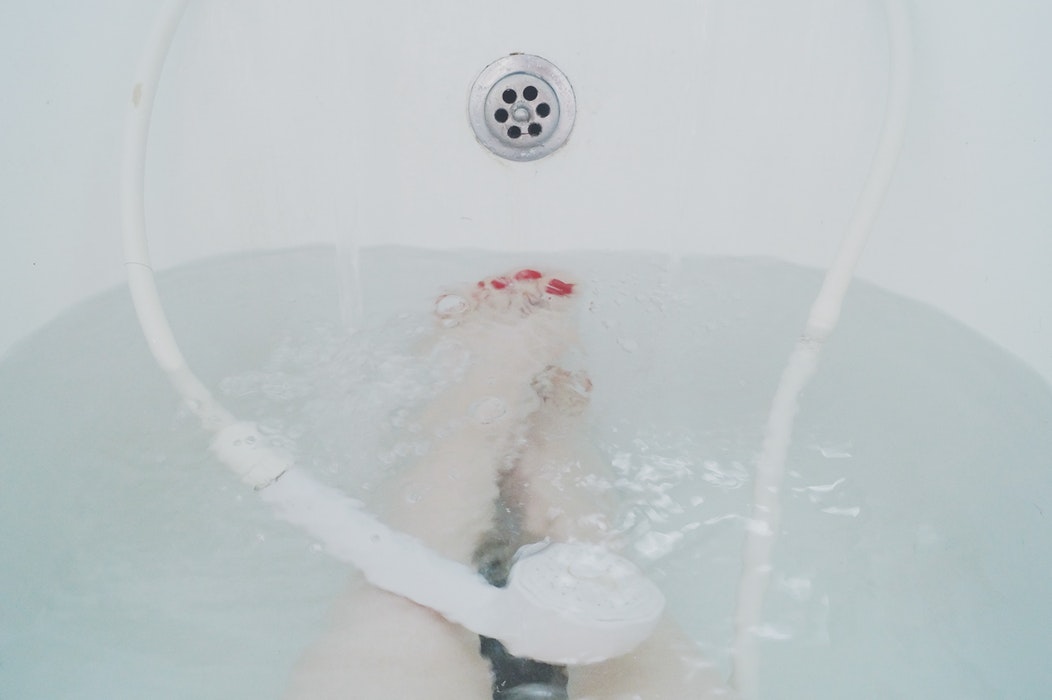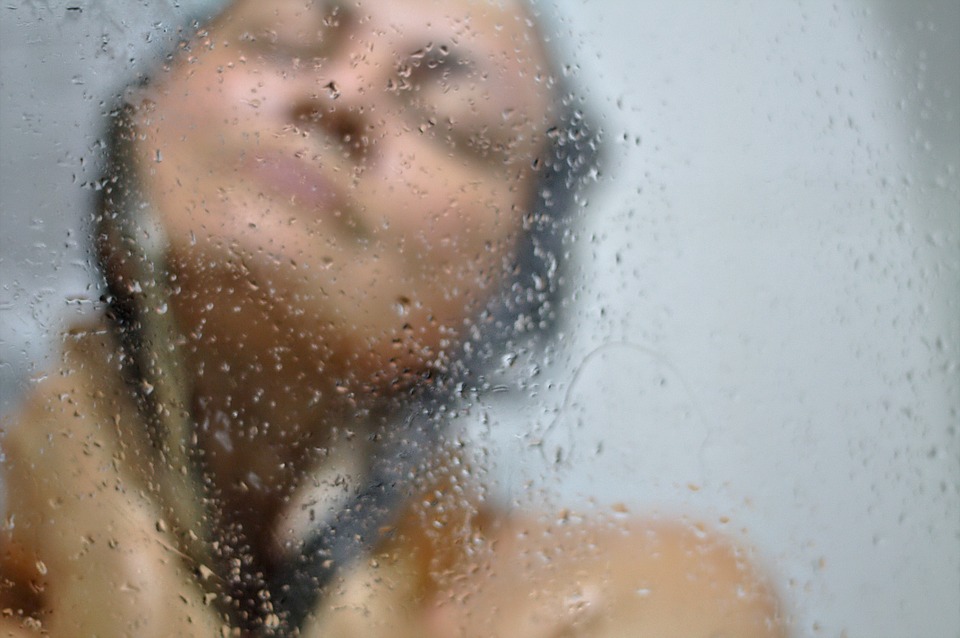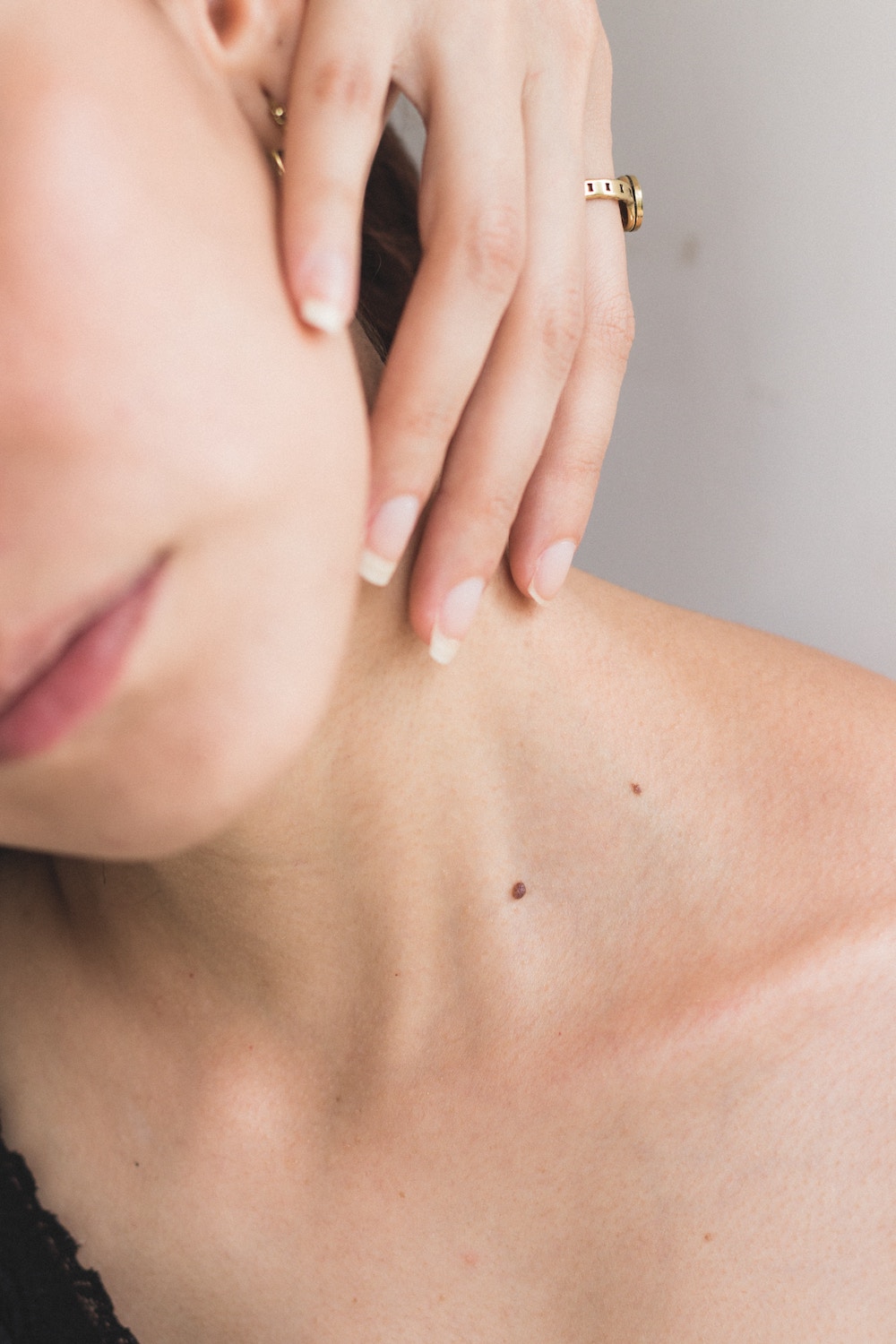Whether you prefer showering in the morning to help you wake up or in the evening to help soothe you to bed, it’s likely one of the most favored parts of your day. And at this point, it’s second nature. After all, what could you possibly be doing wrong in the shower? You select your desired water temperature, climb in, lather up, rinse off, towel dry — seems simple enough, right?
Well, you may be surprised to learn that there are many common shower mistakes you may have already made getting ready for work this morning and they could be having detrimental effects on your health! From pesky skin flare-ups to painful yeast infections, your showering habits could be to blame! Keep reading to find out which five mistakes you could be making in and out of the shower and what you should be doing instead!
1. You’re Taking Long, Hot Showers
With the cold, winter months finally here, there’s probably nothing you enjoy more than jumping into a sweltering hot shower. Although a prolonged steamy shower session may seem like a relaxing way to escape the frigid temperatures, it’s not exactly good for your skin. Frequently showering in hot water can inflame your skin and strip it of its much-needed natural oils, causing it to become dry and itchy. For those that suffer from skin conditions like eczema, acne, or rosacea, this is extremely problematic as long, hot showers can actually exacerbate your symptoms. Since the winter months are already grueling enough on your skin, skip the hot showers and try showering with lukewarm water instead. A shorter, five- to ten-minute shower in tepid water will also have great benefits for your hair, leaving you less likely to suffer from unnecessary shedding and dry, brittle hair!
2. You’re Reusing the Same Washcloth
For squeaky clean skin, you may be using a loofah, sponge, or washcloth to exfoliate your skin and rid it of dirt and dead cells — but when used incorrectly, these items can be causing your body more harm than good. Unfortunately, these products are breeding grounds for bacteria, germs, and even mold! If you reuse the same sponge (loofah, washcloth, etc.) for days at a time, it’s likely you’re storing it in your shower — an incredibly humid area with little to no air circulation. This creates the perfect environment for moisture-loving bacteria and mold to fester, which can lead to a wide variety of skin infections.
Overall, your hands are an effective way of cleaning yourself, but if you’re absolutely set on using a scrubber while showering, there are a few things you can do to help ensure bacteria and other germs can’t thrive in them. For starters, never use a sponge, loofah, or washcloth on your face or genitals because these areas are incredibly susceptible to infections. If you opt for a washcloth, be sure to switch it out every single day, and if you use a plastic loofah (or sponge), you can change it out every few months as long as you store it in a cool, dry place between showers. Similarly, store real loofahs in the same manner and switch them out every month. Be sure to clean your sponges and loofahs on a weekly basis by soaking them in a diluted bleach solution for about five minutes — just be sure to rinse them out thoroughly before using them again!

3. You’re Not Washing Your Feet
Although you may think the soapy water running down your legs and onto your feet may be sufficient enough to clean them, your feet deserve just as much attention as the rest of your body! Surprisingly, your feet can produce up to a pint of sweat a day — yuck! Since bacteria feed on dead skin cells, it’s likely your feet are harboring a host of odor-causing bacteria. Make it a point to wash your feet (and other frequently overlooked body parts) every time you shower — no excuses!
4. You’re Moisturizing After You Dry Off
So, you’ve finally found *the* perfect moisturizer that soothes your dry skin without causing excessive oiliness or clogging your pores, but are you applying it correctly? Although moisturizing your skin when it’s dry doesn’t hurt, it’s best to apply lotion right after you get out of the shower. Gently pat your skin dry and apply your favorite moisturizer while your skin is still semi-damp. Ideally, you should do this within five minutes of showering. This way, you’ll be better able to retain all of your skin’s natural moisture — a major win during these brutal winter months!
5. You’re Getting Dressed While Still Damp
Although applying lotion while you’re damp is best, the same cannot be said for your clothes. And ladies — if there’s any major takeaway from this it’s that you should never put on undergarments while you’re still damp. Similar to bacteria, yeast thrives in moist environments. By pulling on your underwear while you’re damp, you’re increasing your chances of getting a yeast infection. Whether you choose to air-dry or dry off using a clean towel, do yourself a favor and make sure you’re not making this common mistake after you get out of the shower.
How do you optimize your shower or bath?
Also by Audrey: Full, Shiny Hair, Flawless Skin: 3 Ways To Add Flax & Chia Seeds To Your Beauty Regimen
Related: 5 Best Ideas for a Pre-Bath Routine
How to Take the Best Bath of Your Life
Get more like this—Subscribe to our daily inspirational newsletter for exclusive content!
__





